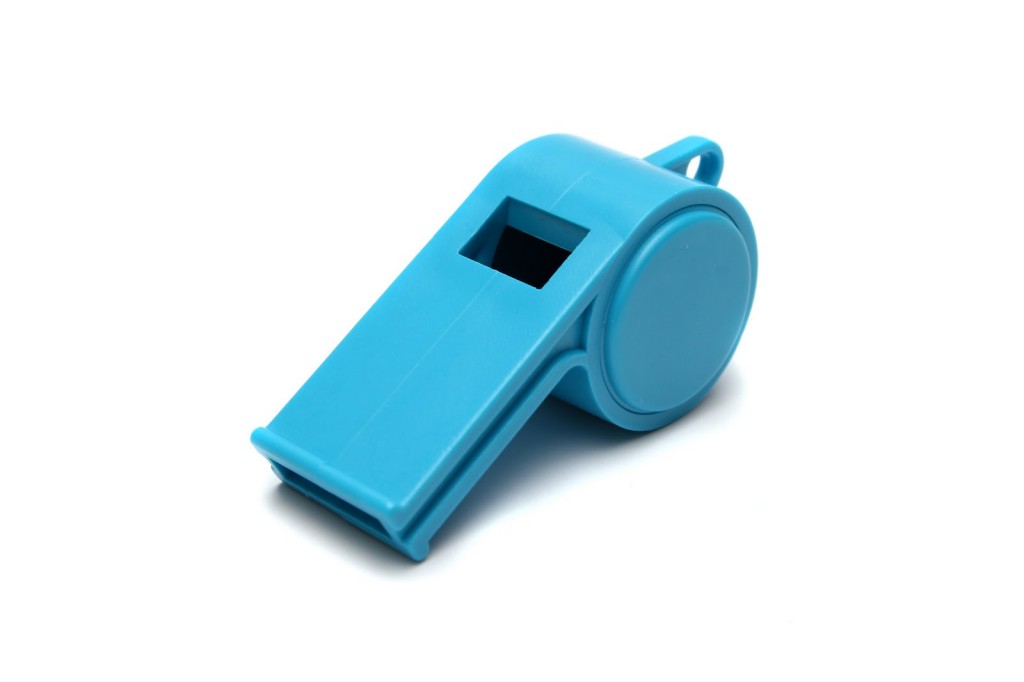Before you head out onto the outdoors, make sure that you know how to respond properly in case of emergencies in remote environments. Wilderness and remote first aid is essential for outdoor enthusiasts, scouts and scout leaders and anyone who spends great deal of time in remote places.
What to Do In Case of an Accident
There are many accidents that can happen while you are in the wild. Usually, calling for help in remote environments is very difficult, even impossible. Should unwanted events happen or someone in the group has fallen ill, you have two options: (1) send out someone to ask for help or (2) stay in a safe place and wait until help arrives.
In making your decision, you have to consider a number of factors that include: the weather conditions, the travel distance needed to get help, the ability to navigate, the environmental conditions or terrain of the area, and the personal safety or survival equipment available. If you are trekking with a large group, you can choose to divide the group so that one group will call for help while another stays with the injured person.

The victim should never be left alone, except for the most extreme circumstances. If ever leaving an injured person, be sure to leave spare food, clothing and supplies. He should also have a flashlight and whistle to alert oncoming rescuers. Lastly, the victim should be left in a safe place where he can stay while waiting for help to arrive.
Get Help
Whoever is tasked to get help should bring along enough food, clothing and equipment needed during the journey. Be ready to provide the following information to guide the rescue service:
- Exact location of the group/victim (four-figure or six-figure grid reference).
- Number of people in group
- What happened and when
- What injuries where sustained
- Description of the group/victim’s location
Distress Signal
Distress signals are internationally recognized methods of obtaining help while in remote environments. These signals are easy to memorize and does not require any special equipment.
Although screaming or shouting for help can get attention, it is physically demanding and can tire your voice. In addition, vocal sounds have very limited reach compared with other sounds. For instance, whistle blast can travel very long distances. At night, light can be used to attract attention. Light can travel large distances than voices. Similarly, mirrors can reflect the rays of the sun much further than sound can reach.
To call for help using audible or light signals, you can use either of the two international signals: S.O.S (Save Our Souls) or the Morse Code (less commonly used).
S: give three short blasts (when using whistle) or flashes (when using light)
O: give three long blasts or flashes
S: give three short blasts or flashes
Alternatively, you can send six blasts or flashes in quick succession. If available, send up a red flare – a commonly used emergency distress signal in the mountains and on water.
Communicate with the Rescue Service
Approaching rescue teams would usually use a megaphone to communicate with the victim. To respond to their instructions, you can send out these signals:
- Three short blasts or flashes in rapid succession, repeat with an interval of one minute.
You can also use a white flare to direct incoming rescuers.
To better protect yourself and ensure your safety while on the outdoors, you can attend wilderness and remote first aid training courses offered by the workplace approved. Contact your local chapter for schedules.
Additional Wilderness Preparation Tips

